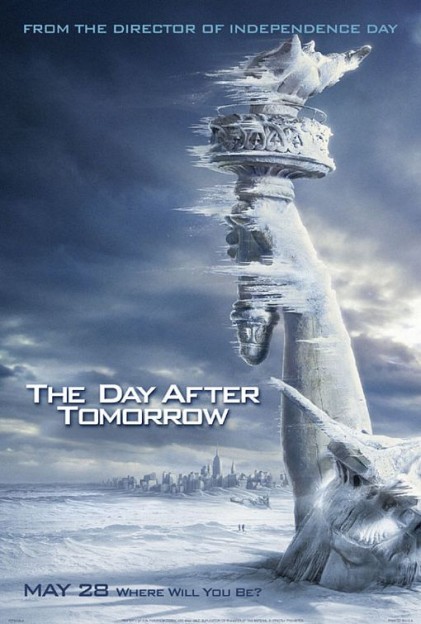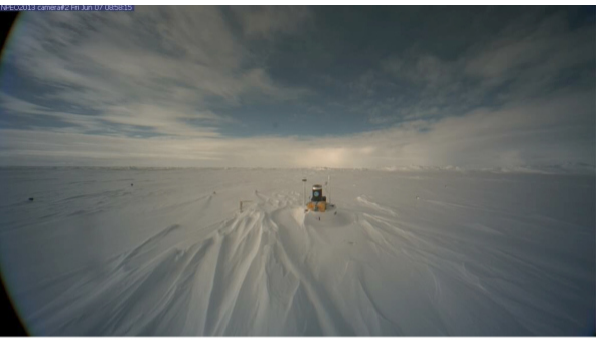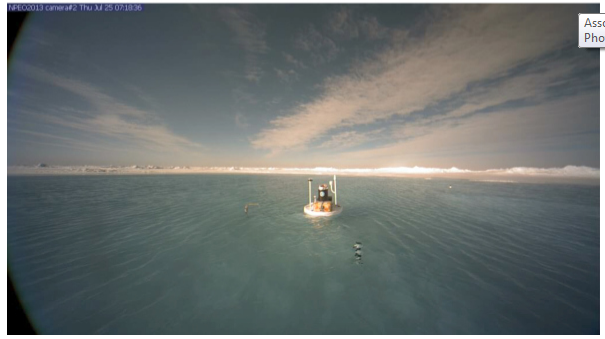Dartmouth study claims frigid temps, snowy 2018 is due to a ‘warming hole’
 2018 has already put frozen Florida iguanas in the headlines and showcases snowball fights on North Carolina beaches. So, where is the global warming hysterics? Claiming that this is an isolated trend, due to a “hole” in the overall global warming.
2018 has already put frozen Florida iguanas in the headlines and showcases snowball fights on North Carolina beaches. So, where is the global warming hysterics? Claiming that this is an isolated trend, due to a “hole” in the overall global warming.
“What we are looking at is an anomaly,” said Jonathan M. Winter, an assistant professor of geography at Dartmouth College and the principle investigator in the scientific study published this month. “The Southeast is the exception to the rule.”
Winter and lead author Trevor F. Partridge, a Dartmouth graduate student, say this year’s extreme cold in Southeast could be a product of the warming hole. “It is the same mechanism that causes this bitterly cold air to come down,” said Winter.
The warming causes cold, just like the film Day After Tomorrow, the best way to explain these current scientific theories.
From the study: The U.S. “Warming Hole” is a region in the eastern United States that experienced a broad decline in temperatures beginning in the late 1950’s. The warming hole is fundamentally different than global temperature trends, which have been rising since 1880. There are several ideas as to why the warming hole exists, but most cannot fully explain the observed temperature patterns.
Temperatures in the eastern U.S. have been declining since the late 1950s?
More:
The Dartmouth researchers based their findings on examining NOAA data from 1,407 temperature stations and 1,722 rain stations across the United States, from 1901 until 2015. They then identified stations that were persistently cooler than average from 1960 to 2015, which gave them their results on the six states at the center of the warming hole.
Overall, daily temperatures in the hole have cooled by an average of 1.2 degrees Fahrenheit since 1958, whereas global average temperatures have risen 1 degree over the same time period.
Confused? Let’s add in the May 2017 study which points to “global cooling” on the Antarctic Peninsula, the new January 2018 study backtracks “catastrophic” warming predictions, or papers which question climate change models as bias and wrong.
The scientists note that “The other is in the North Atlantic Ocean, where a mysterious “blob” of cold water has concentrated near where Greenland’s ice sheets are melting.”
It was only a couple of years ago, 2014, when NASA reported “the Antarctic sea ice yearly wintertime maximum extent hit record highs from 2012 to 2014 before returning to average levels in 2015, both the Arctic wintertime maximum and its summer minimum extent have been in a sharp decline for the past decades. Studies show that globally, the decreases in Arctic sea ice far exceed the increases in Antarctic sea ice.”
















